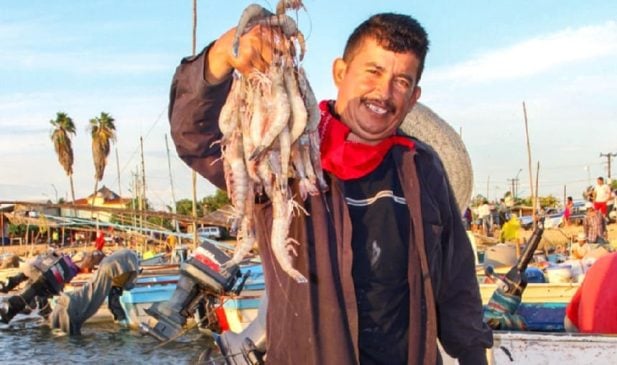Mexico City, Mexico — INAH head says the Program for the Improvement of Archaeological Zones (Promeza) will develop the Puuc Archaeological Museum in the middle zone of the Yucatan Peninsula.
The General Director of the National Institute of Anthropology and History (INAH), Diego Prieto Hernández, explained that the venue will narrate the history of the Mayans and will illustrate various moments in the establishment of this culture in the southeast of the country.
He said the collection will include findings from the construction of the Maya Train, stele/monuments 14 and 18 of Uxmal, trousseau of an Itzá warrior found in Kabáh, the masks of the god Cháak and the jade offering found in Paso del Macho.
During the report on archaeological rescue actions on the Maya Train route, the head of the INAH reported that the excavation work will focus on sections 6 and 7 where 340 and 224 monuments have been recovered, respectively.
“This archaeological wealth accredits the splendor, the strength, the density that the great Mayan civilization reached, which flourished in Mexican territory, in Mesoamerican territory and which, in the case of the Peninsula, came to incorporate an enormous population density,” he said.
Prieto Hernández reported that aside from thousands of structures and fragments and hundreds of vessels and skeletons, INAH personnel also discovered 1,225 natural features such as caves and cenotes.


